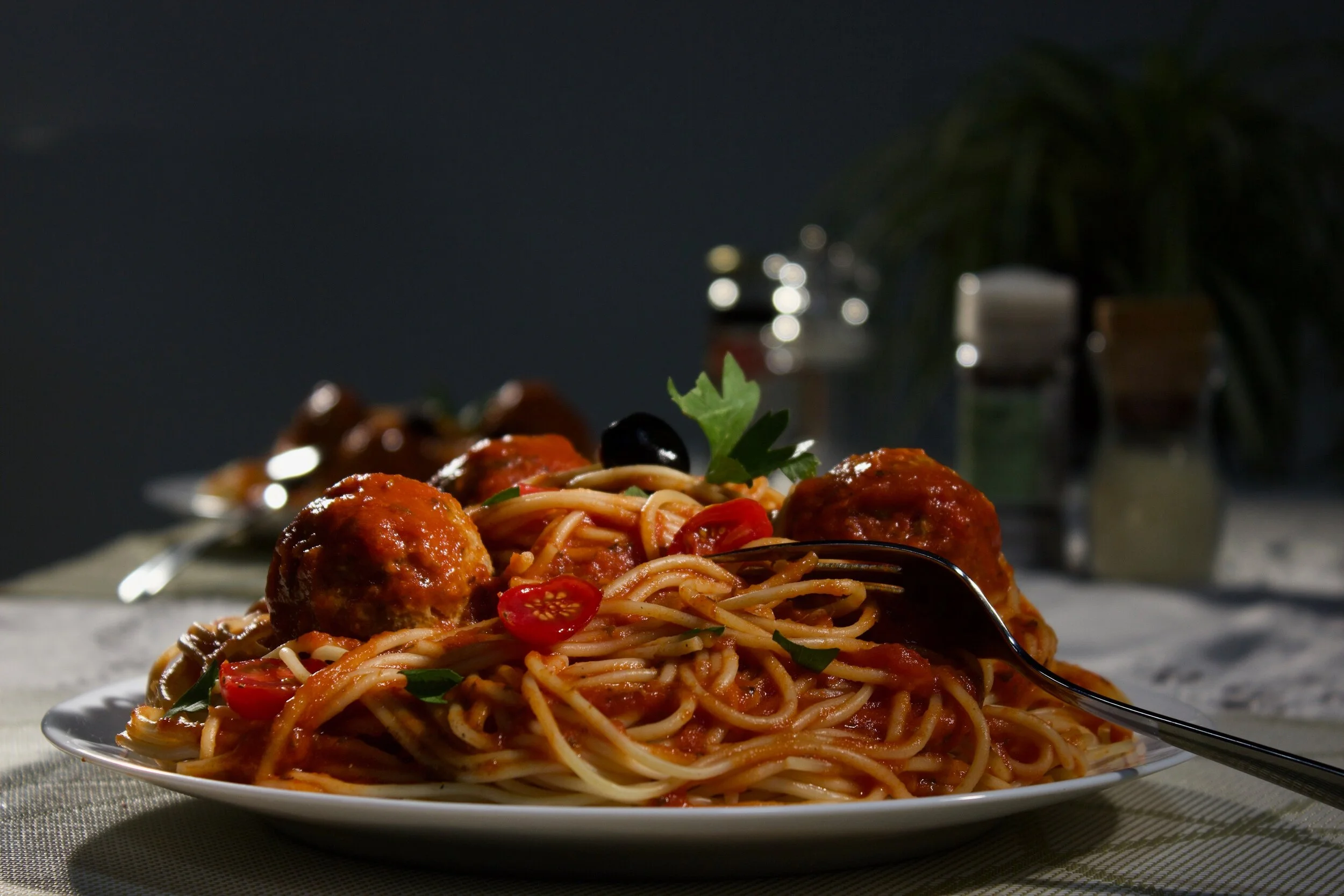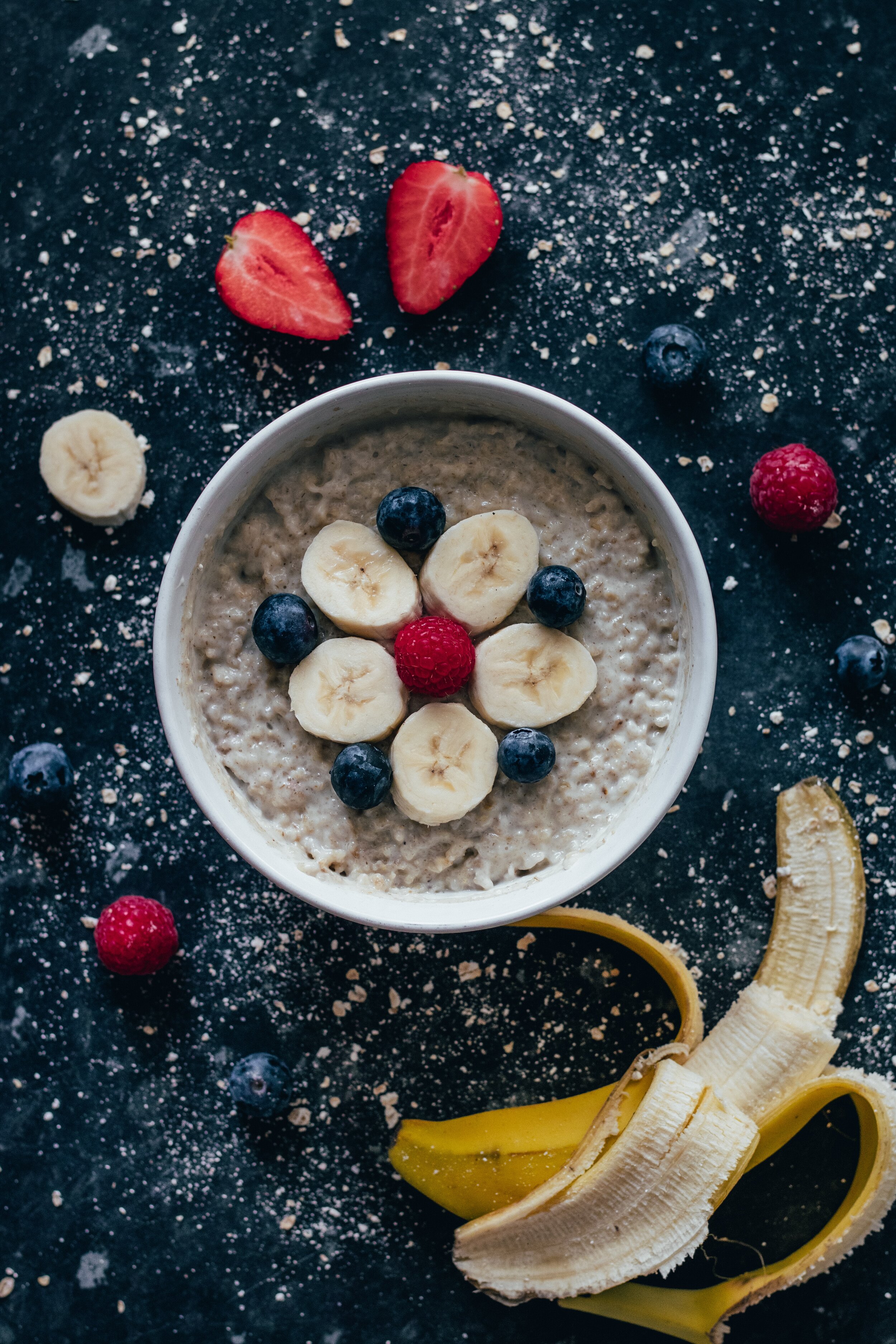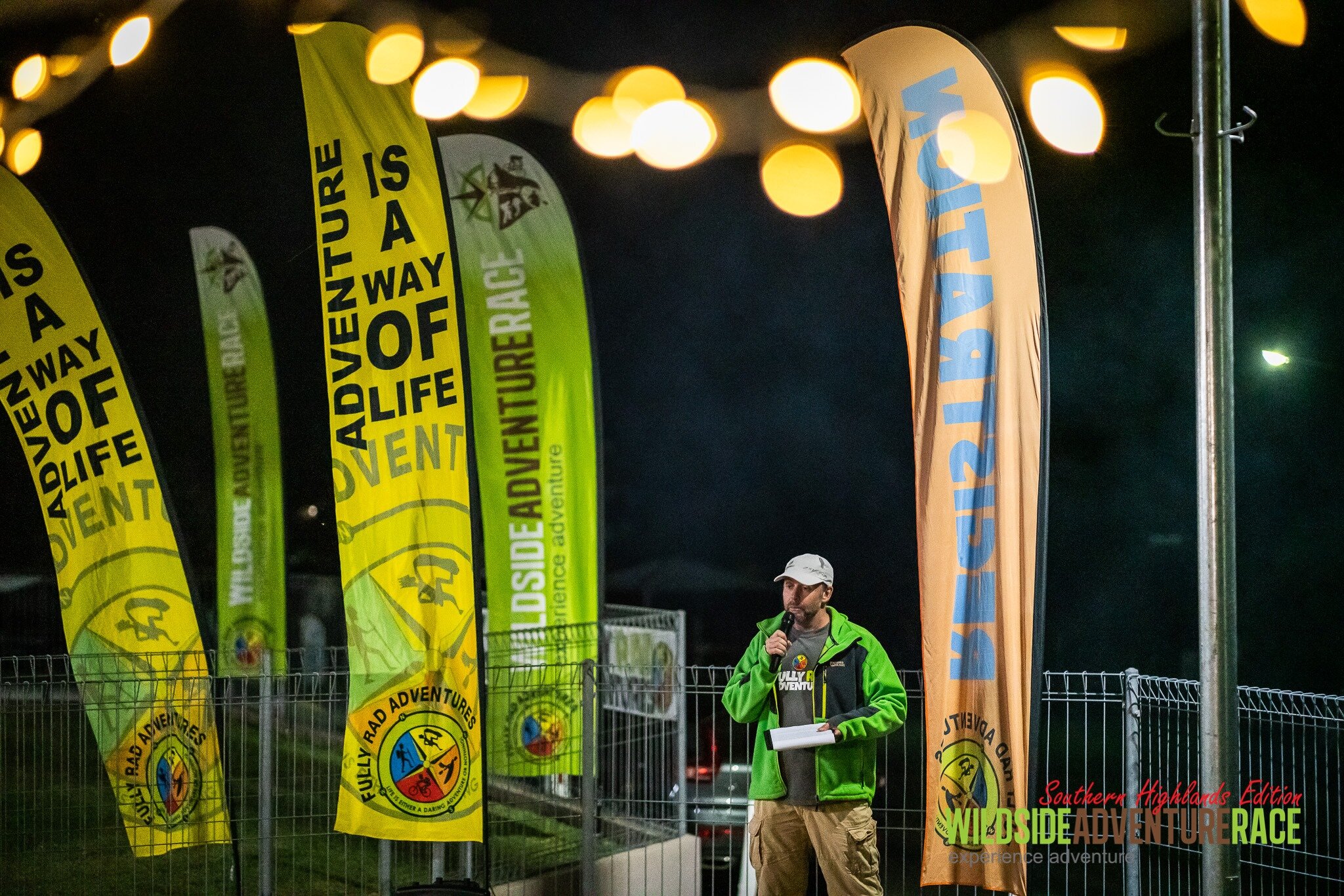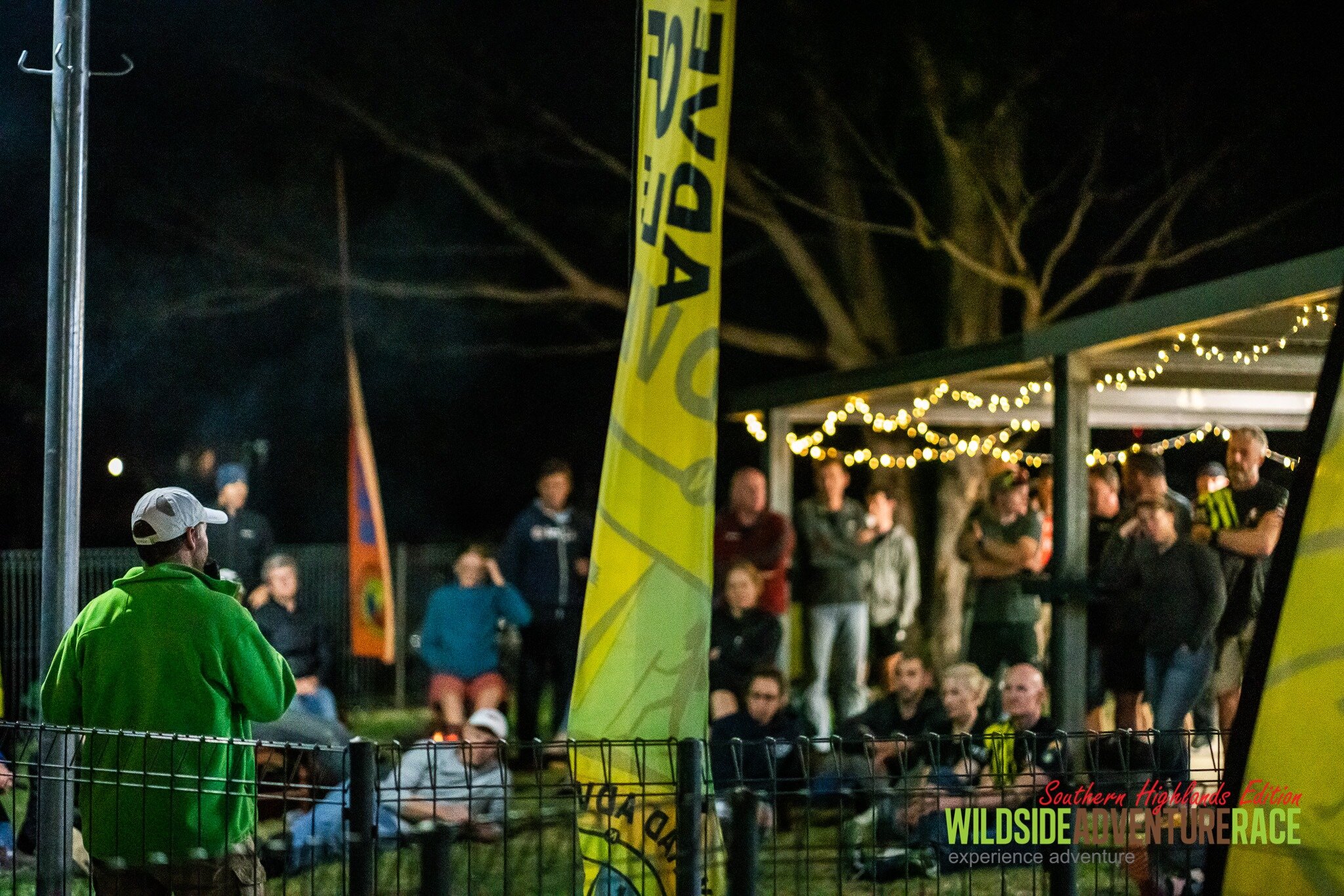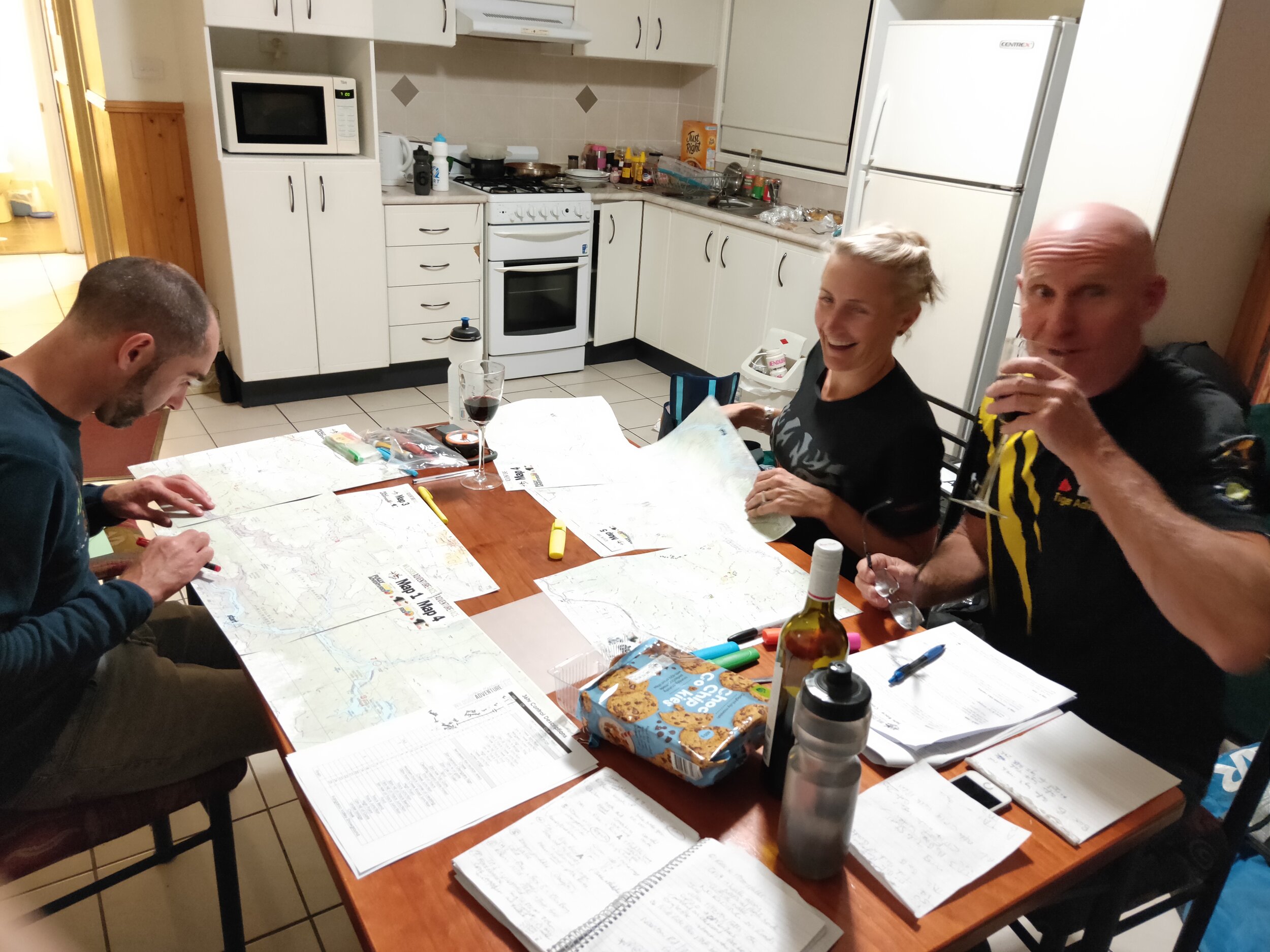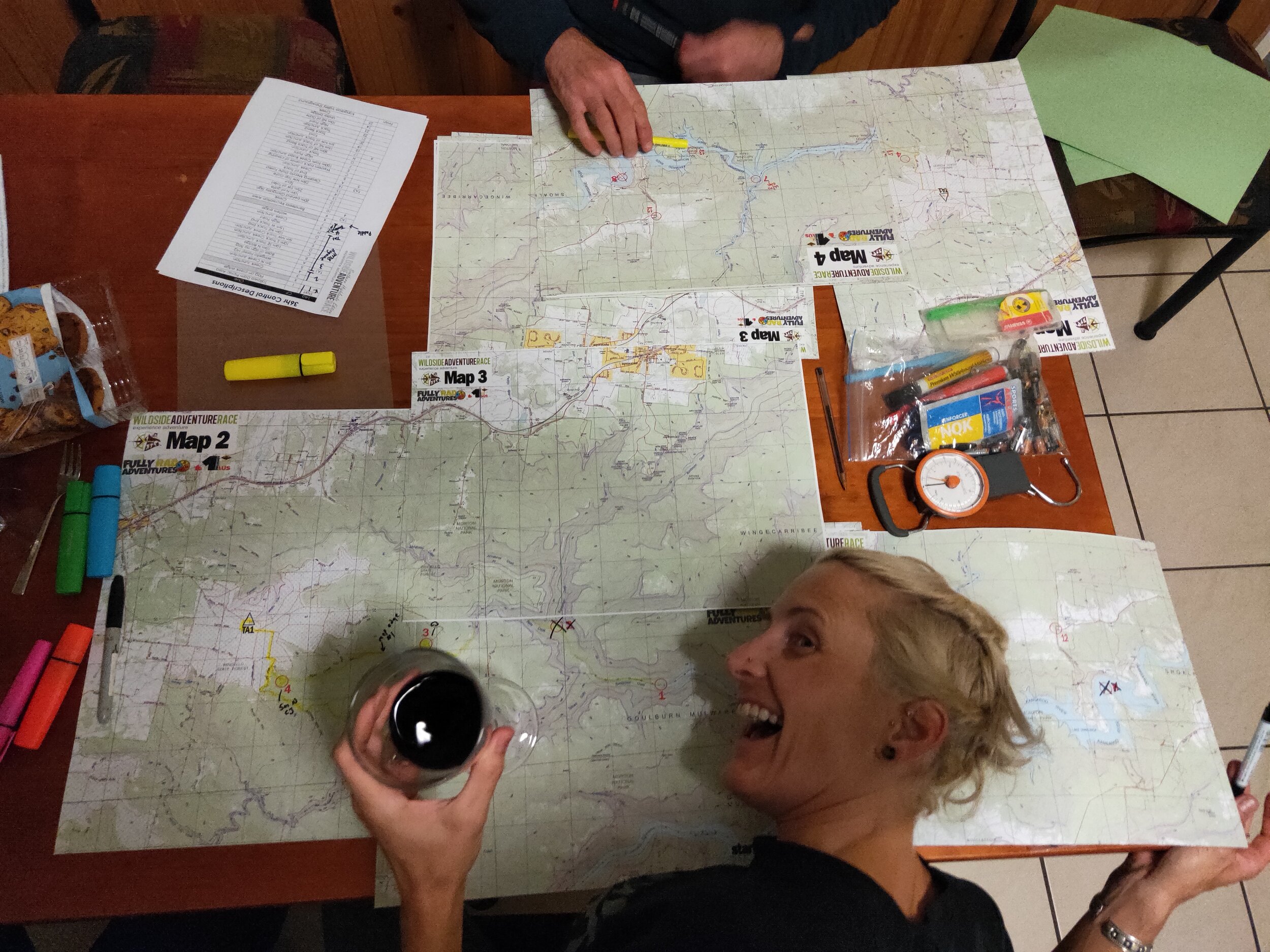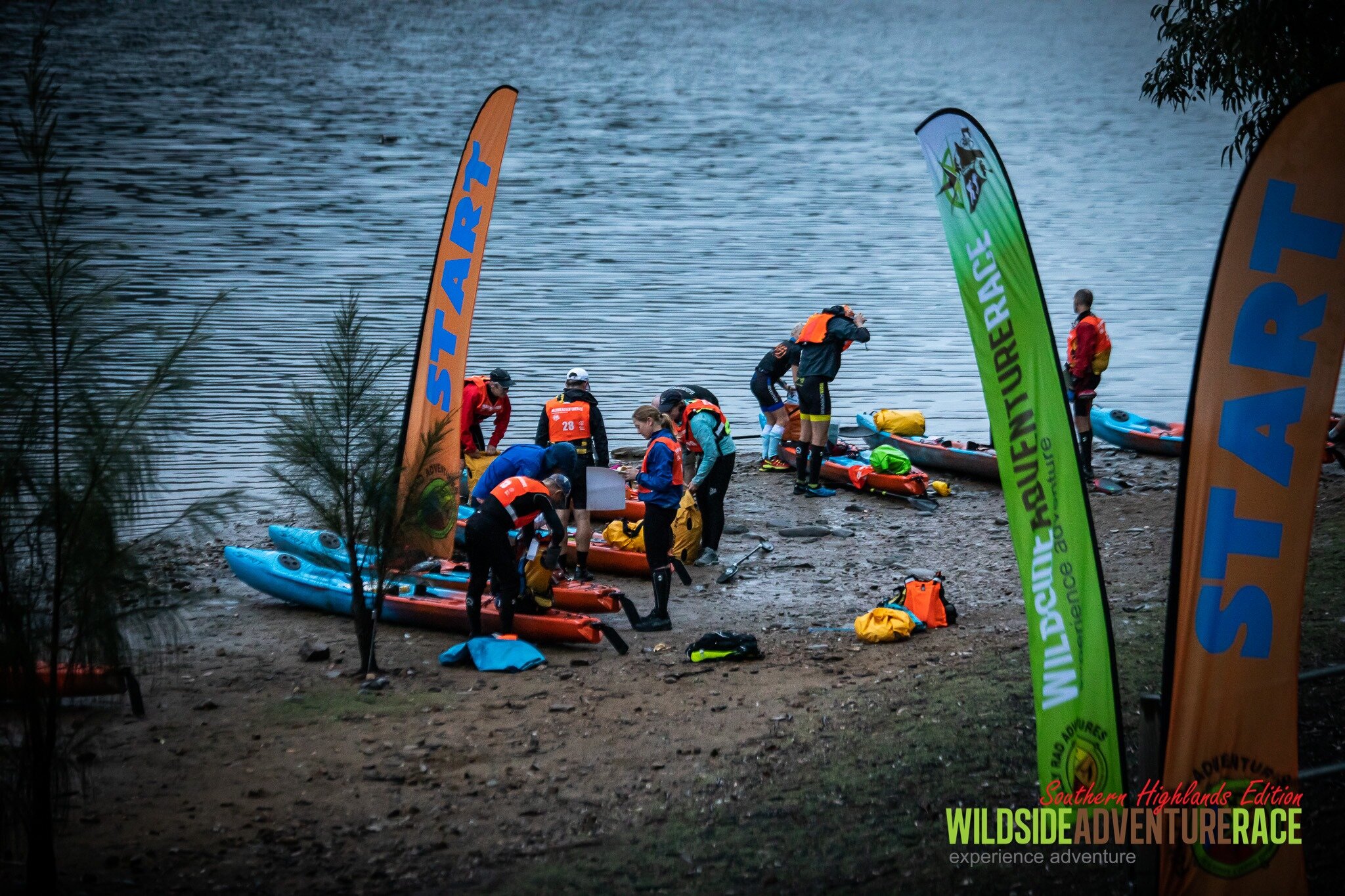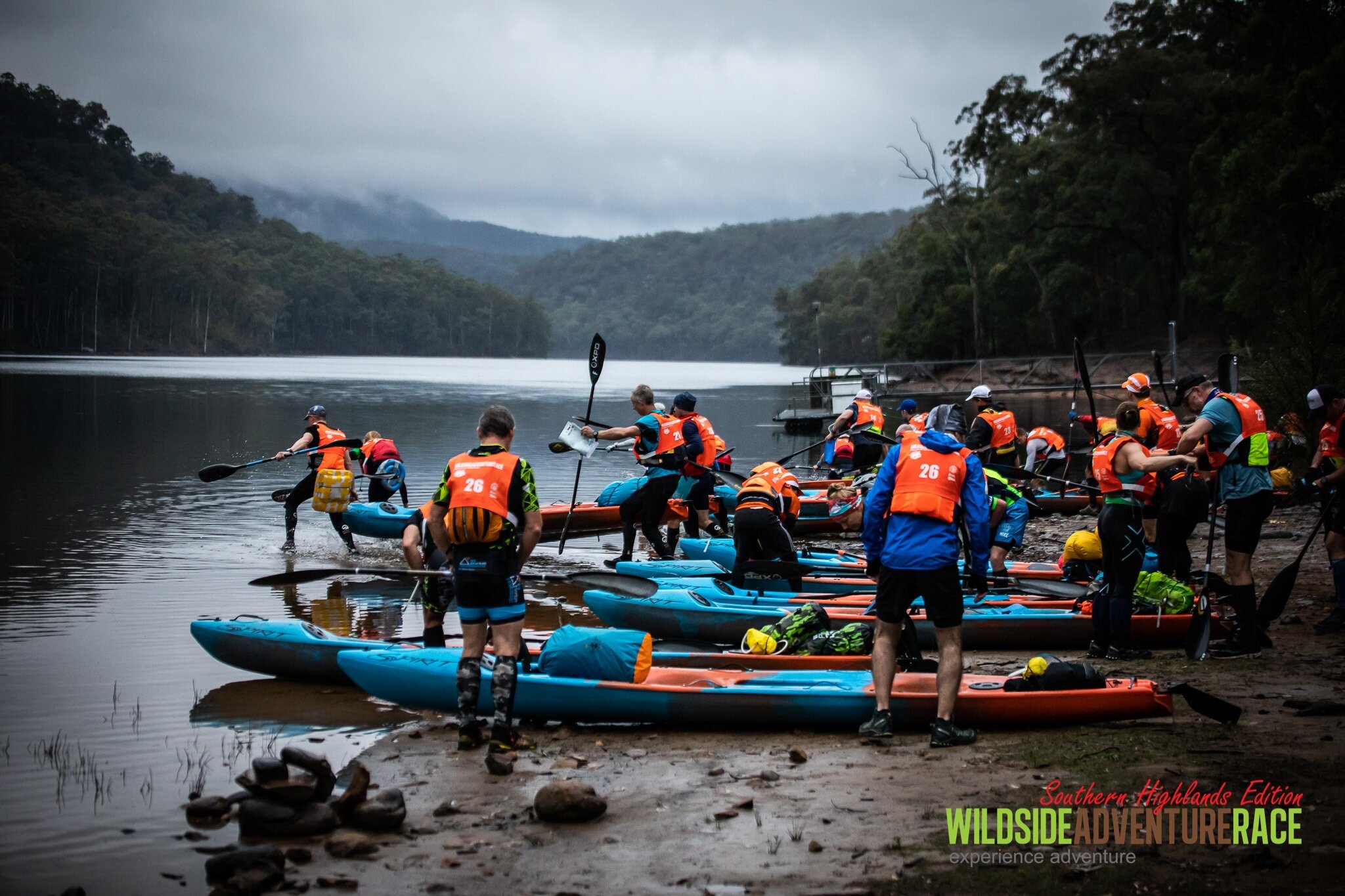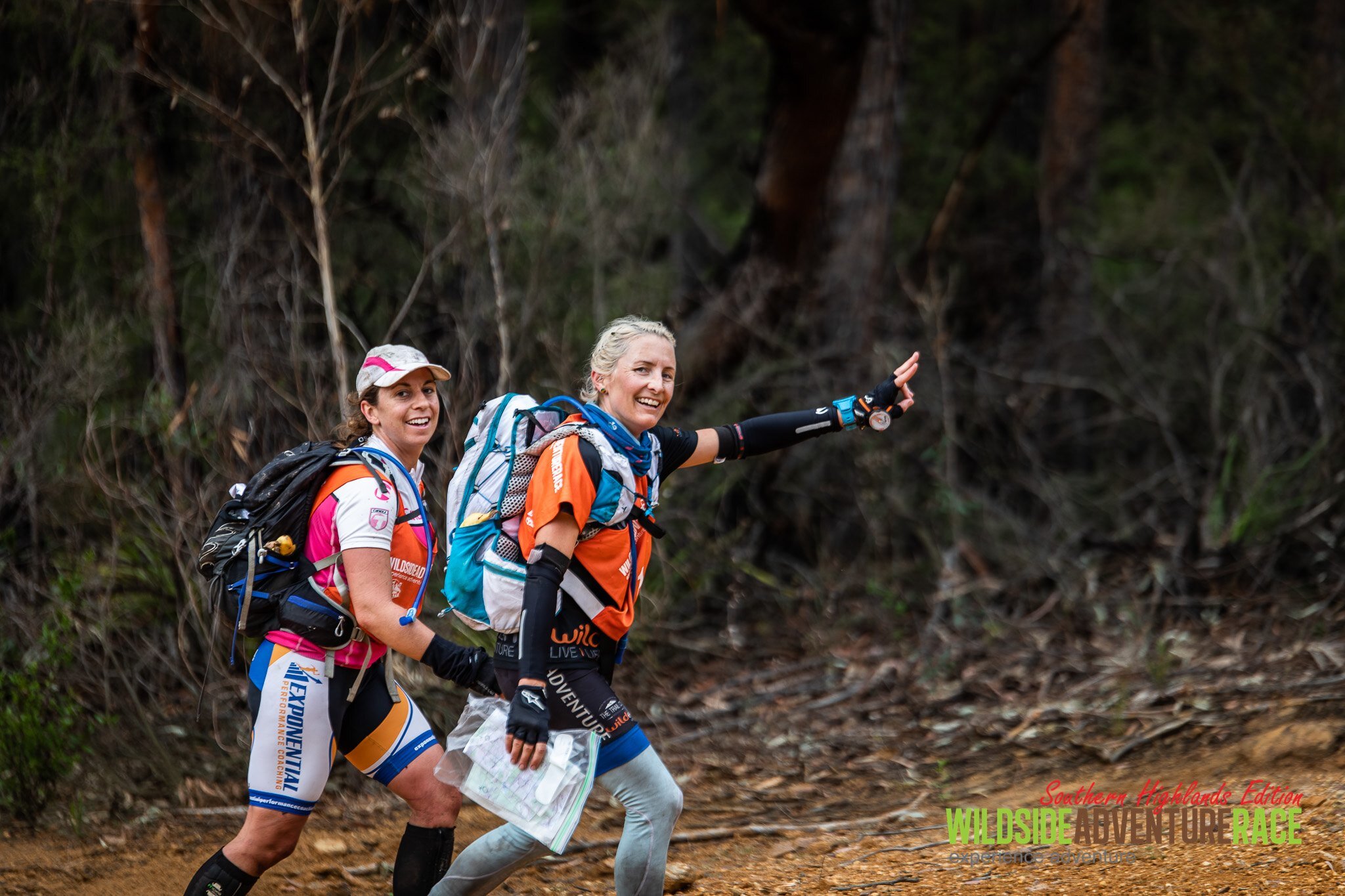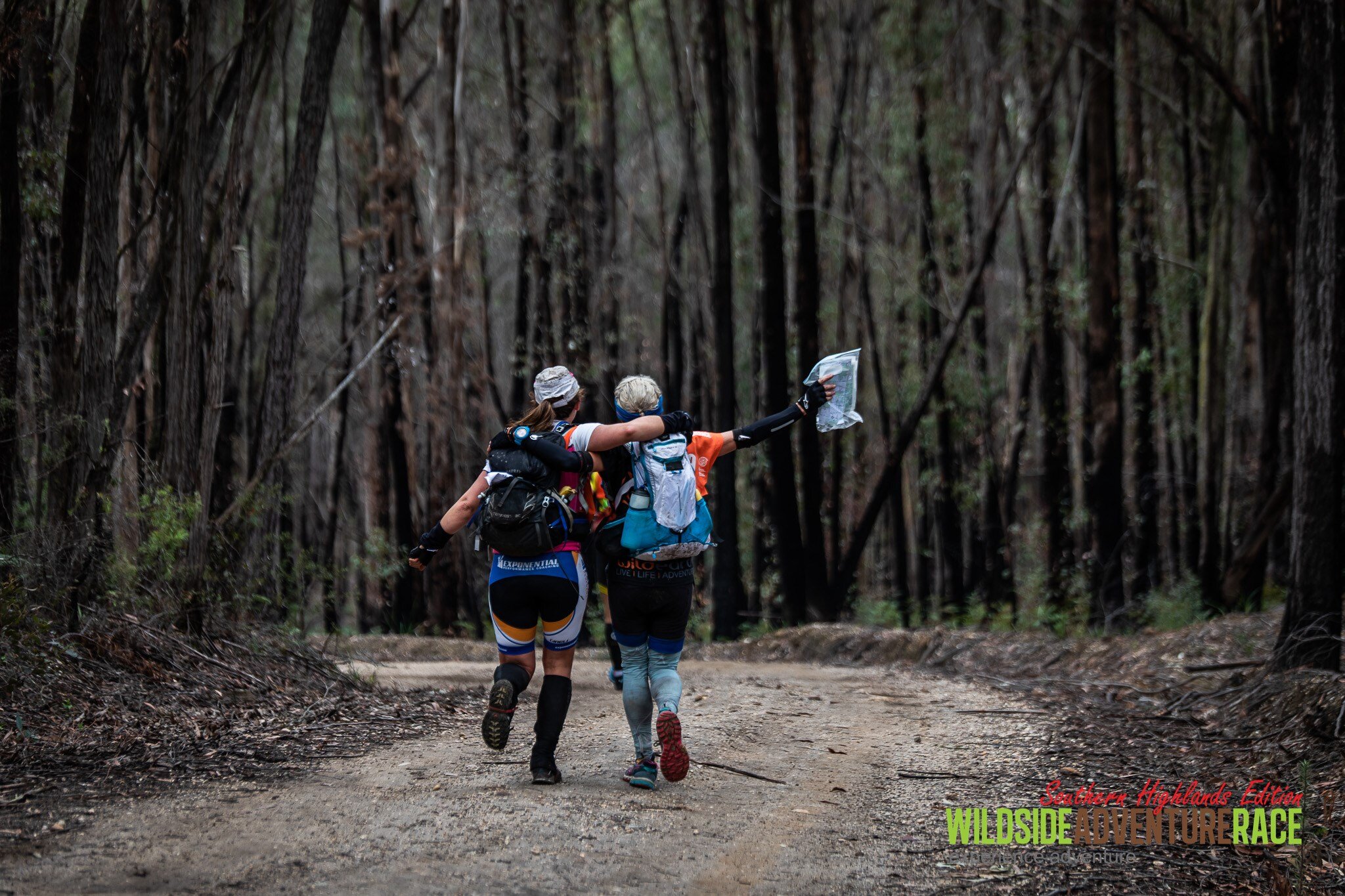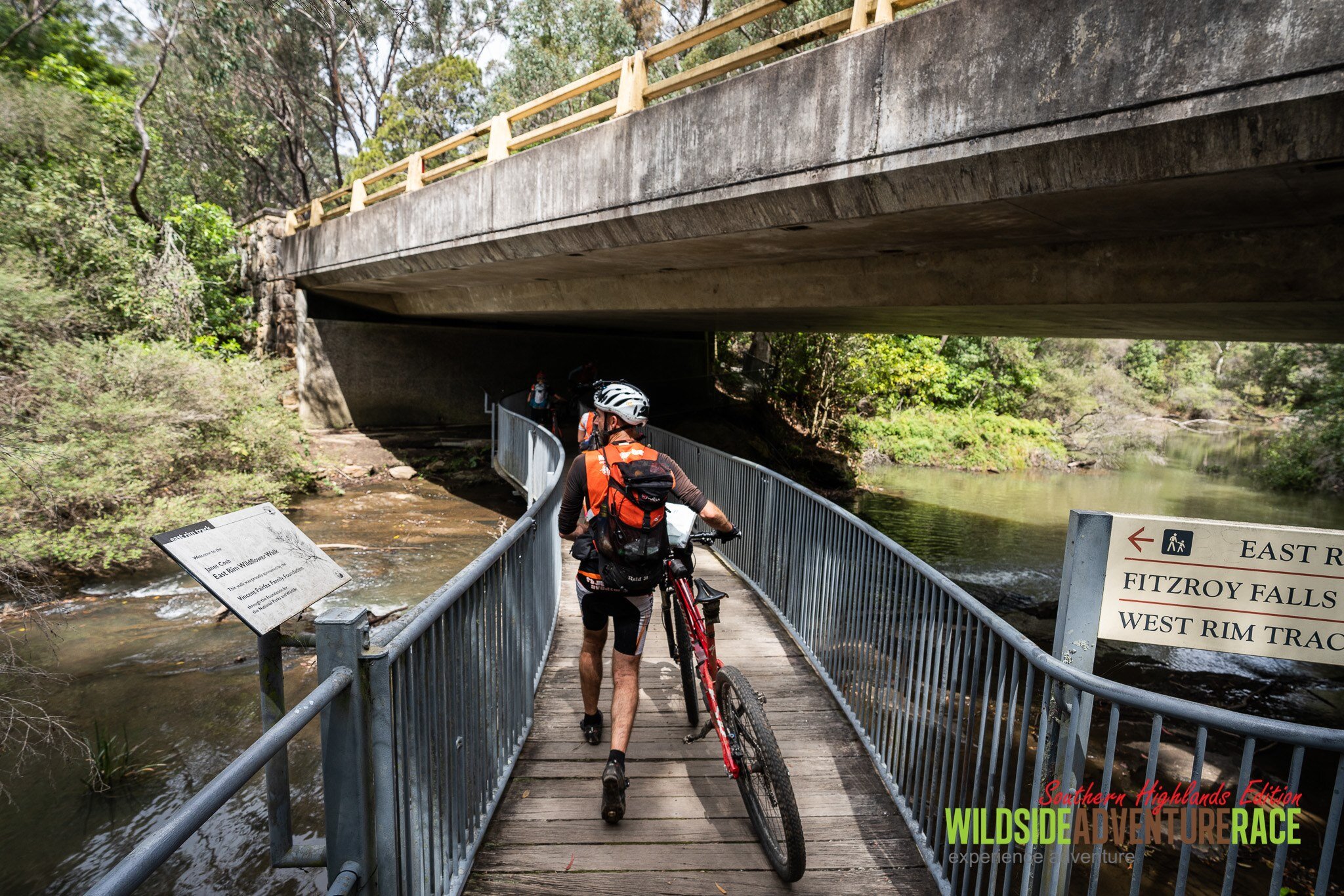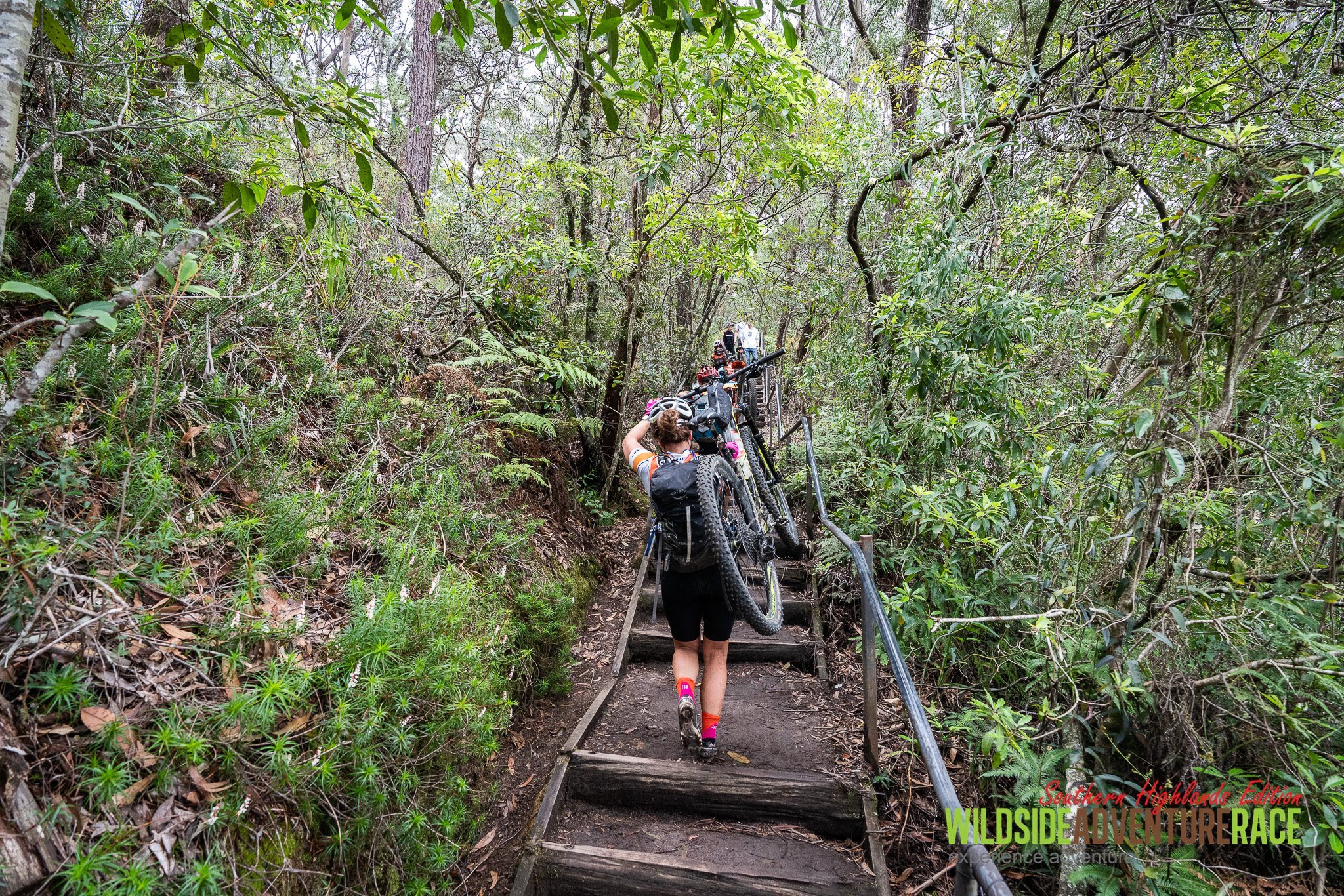Pre-event nutrition is like topping up the fuel tank before you head away on a long drive. You are maximising your muscle glycogen fuel stores for the adventure ahead.
Pre-Race Dinner
The pre-race dinner is important to prepare you or your athlete to wake up feeling rested, with a happy stomach and fuelled for the event ahead. We want to eat food you are familiar with ensuring you are catering to your USUAL dietary needs eg: gluten free, lactose free, avoiding onion or garlic. Don’t try anything new the night before race day if you can help it! Have a carbohydrate drink with the meal or after to top it up.
Hydration – Try to sip water throughout the day and especially in the evening before an event. It does not pay to scull just before bedtime so you are not up all night to the bathroom so get started early in the day and keep on top of your fluids. Have a drink containing carbs with your meal such as a natural fruit juice or a milo/hot chocolate (each have 25g carbs per cup) before bed to top up the carbohydrates.
Carbohydrates - It true in a way to “eat lots of pasta”. Carbohydrates are the main source of fuel for exercise that we want to keep the tank topped up with. By combining rest and a high carbohydrate meal the day before a race we are maximising carbohydrate available for during the race.
Protein and other “normal foods” to keep including! - Some vegetables and a lean protein source is still important the night before – for muscle repair, fullness and to keep your bowels going in their regular routine the night before. Don’t try anything fancy here and they don’t need to be the star of the show on the plate just part of the action on the side!
How much should I eat? This is so individual I cannot tell you! Aim for at least 50g but if you are a bigger or hungry person you will need more! My suggestion? Eat until you are comfortably full but not bursting! Eat a greater proportion of the carbohydrate on your plate than normal (half your plate of food).
Some perfect Examples (with carbs):
- Fried Rice (50g per cooked cup) with added chicken, lean beef, tofu and/or egg + chopped vegetables
- Chicken Enchiladas (30g per wrap) with a side of homemade sweet potato or baked potato wedges (30g per cup)
- Pasta bake (30g per cup cooked pasta) with a topping of tomato base sauce, vegetables and chicken or beans topped with cheese
- Spaghetti bolognaise pasta (30g per cup cooked pasta) with lean mince, added vegetables and cheese with a side of garlic bread.
- Roasted vegetable salad including good portions of potato and sweet potato (30g per cup) + some other vegetables such as zucchini, carrot or capsicum topped with chicken, feta (add a tablespoon of pesto per person for some yummy flavour!) and/or chickpeas for a vegetarian option!
- Stir fry with lean beef or chicken, vegetables and rice (50g per cooked cup of rice)
Need a convenient meal on the go?
- Try Radix or another freeze-dried meal – just add hot water (service stations, campgrounds can have or take a cooker)
- Grab 3 ingredients:
o Microwave rice/quinoa pot / packet
o Microwave vegetable pouch / pre made salad
o Can of flavoured tuna, salmon, chicken, beans or chickpeas
- For the team:
o Pre-roasted chicken +
o White buns or wraps +
o Coleslaw or salad +
o Hummus / Avocado as desired
- Subway with steak / chicken and vegetables – go for safe sauces that you have had before!
- Service station sandwiches / toasted sandwiches + juice
What about carb loading?
Carbohydrate Loading is effective to “super-compensate” your muscle glycogen and fuel stores. It is like filling up the tank AND taking a spare jerry can of fuel for the journey. Great for the biggest events of the season and when done well, it does improve performance and the bodies fuelling capacity. However, there are ways and means of doing it properly without compromising; weight, good nutrition in the lead up and picking what events to do it with. Get in touch with me if you want to talk about carbohydrate loading for your next event!
Pre-Race Breakfast
You want to E-A-T:
- Easily digestible carbohydrates that are not too high in fibre. How much? At least 1g carbohydrate per kg body weight for your pre-race breakfast. Eg: if you are a 60kg person eating 60g carbohydrates.
- Add some protein to keep you full
- Time it 2-4 hrs prior to your event You may also need a Top up snack if it is more than 2hrs before like a gel, banana, or sports drink.
Examples (including carbohydrates) might include:
- 3 x weetbix + skim milk + banana and a fruit yoghurt (85g carbs)
- 2 x white or wholemeal bread with Honey or Jam on one + Peanut butter / an egg on the other + glass of juice (65g carbs)
- 1 medium can (approx. 200g) creamed rice + banana (70g carbs)
- Smoothie made with banana or 1 cup other fruit + 200mL skim milk + honey (55g carbs)
- Porridge (1/2 cup oats) with skim milk (1 cup) , dried fruit (2 Tablespoons) and some honey or maple syrup or brown sugar on top (75g carbs) or try this Bircher Muesli Recipe
- 1 large Up and Go (65g carbs)
- Baked beans (the one for two) on 2 x toast (70g carbs)
- Weetbix Slice and glass of juice (60g carbs)
Got an event coming up? Get your nutrition sorted now! Book an appointment with Nicole, your Adventure Racing Sports Dietitian today! Or get in touch: ascentsportsnutrition@gmail.com



